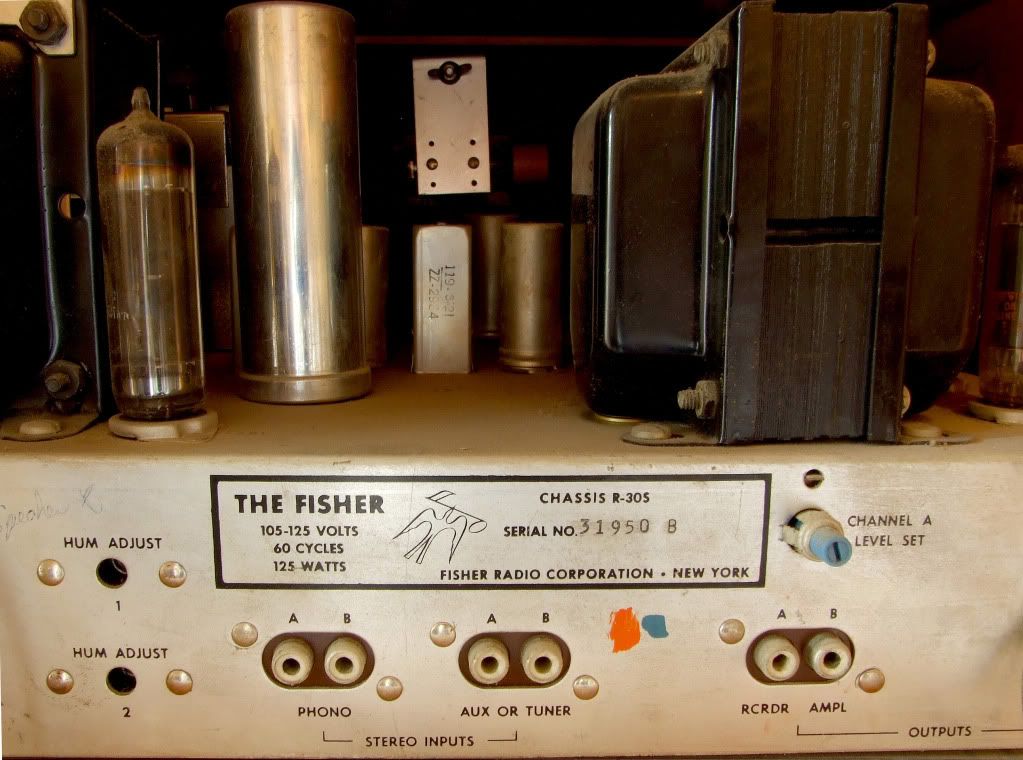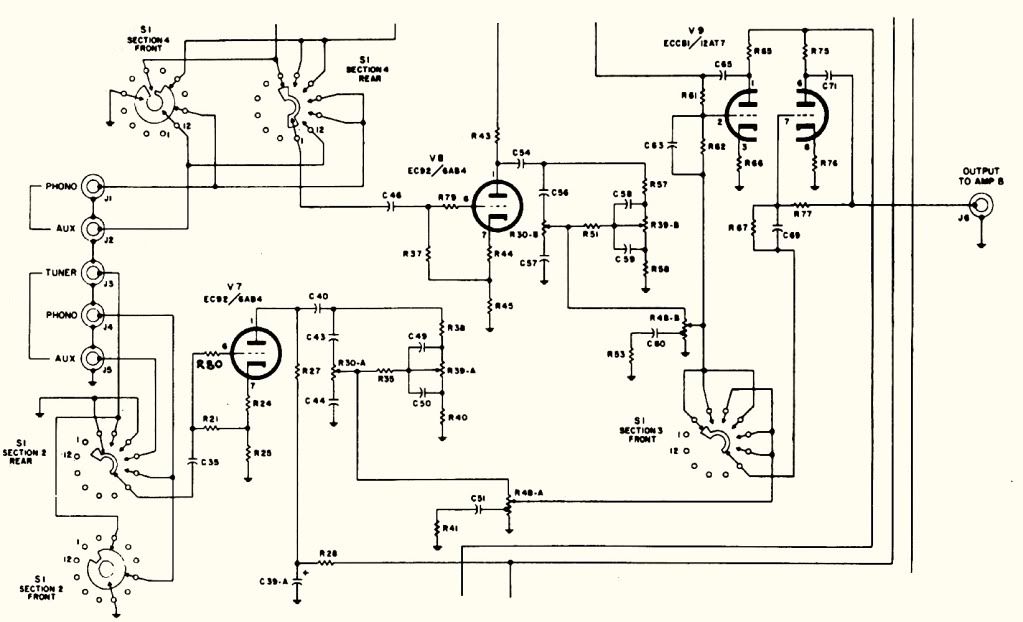Contemporary
New Member
Hi-
I have a Contemporary II console that came without a changer so I bought a used/unrefurbished Garrard 210 for it that seemed to play fine on a modern
more powerful amplifier. When I hook it up to the console, though,
the sound is weak and there's a buzz coming through the speaker. I'd attached the ground wire to the sheet of metal under where the changer is because it looked like the old record player was grounded there. A tape player attached to the same inputs on the fisher amp sounds fine as the tubes, sockets and selectors have all been tested/replaced and cleaned respectively. Can anyone tell me where to ground the record changer or if this sounds like I need a new needle /cartridge since they look like original GE VR-22.
thanks
Will
I have a Contemporary II console that came without a changer so I bought a used/unrefurbished Garrard 210 for it that seemed to play fine on a modern
more powerful amplifier. When I hook it up to the console, though,
the sound is weak and there's a buzz coming through the speaker. I'd attached the ground wire to the sheet of metal under where the changer is because it looked like the old record player was grounded there. A tape player attached to the same inputs on the fisher amp sounds fine as the tubes, sockets and selectors have all been tested/replaced and cleaned respectively. Can anyone tell me where to ground the record changer or if this sounds like I need a new needle /cartridge since they look like original GE VR-22.
thanks
Will








